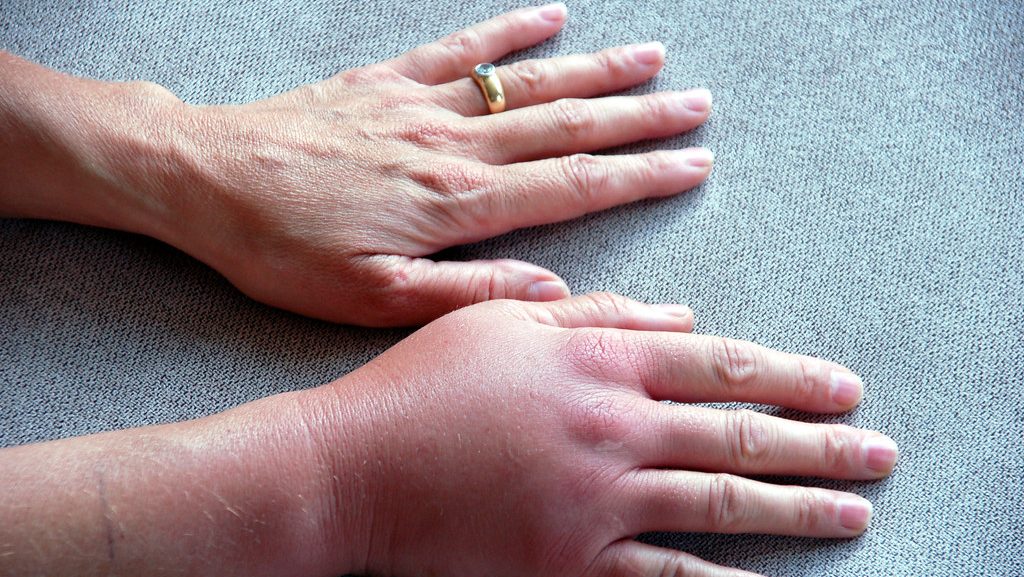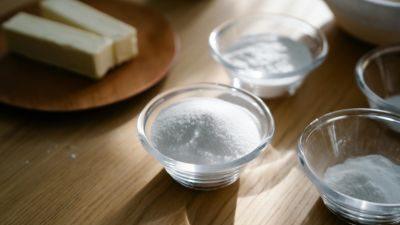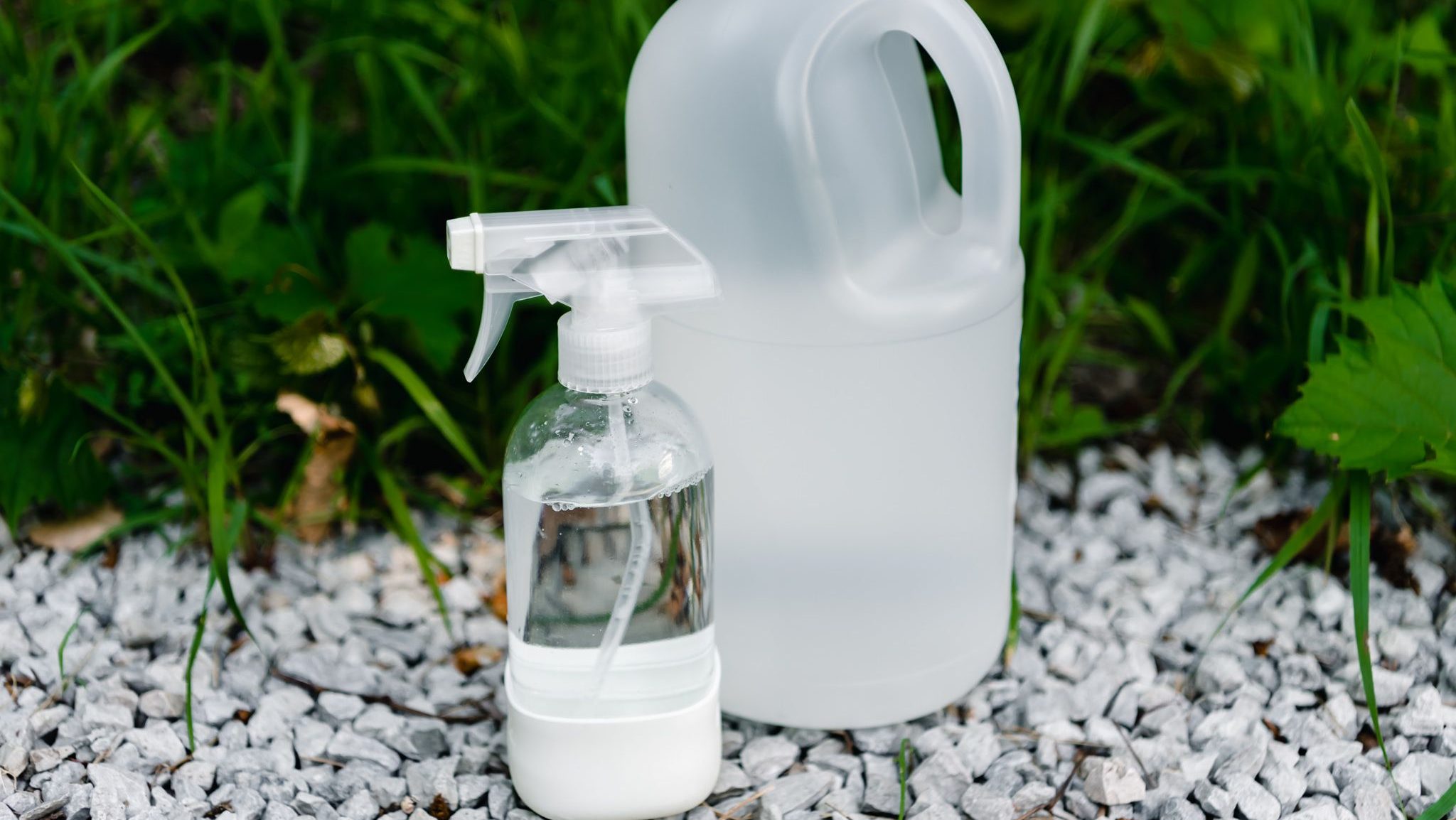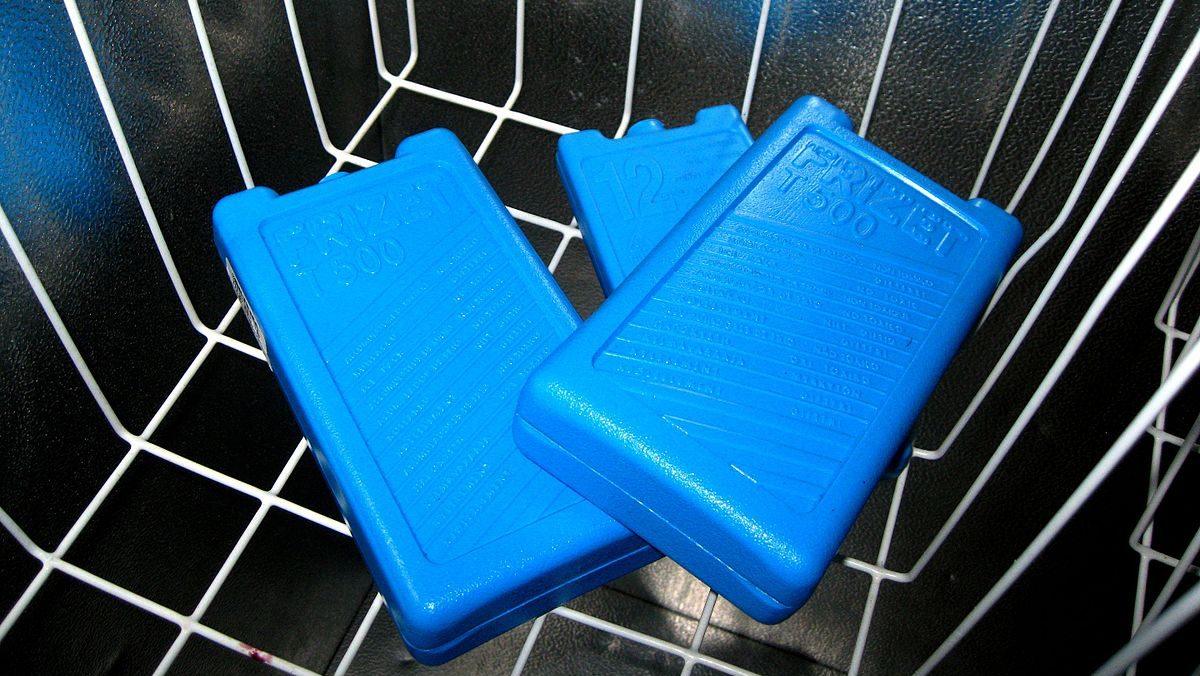Key Takeaways
-
Common Symptoms: A bumblebee sting causes redness, swelling, and immediate pain. The sting site may also show a small puncture mark.
-
Duration of Symptoms: Pain lasts 1-2 hours, while redness and irritation can persist for 24-48 hours. Full healing typically occurs within 3-7 days.
-
Step-by-Step Treatment: Remove the stinger (if present), clean the area, apply a cold compress, use over-the-counter medications, and keep the area elevated to reduce swelling.
-
Home Remedies: Baking soda paste, aloe vera gel, and honey can alleviate pain and inflammation.
-
Prevention Tips: Stay calm around bumblebees, wear light-colored clothing, and keep food covered to avoid attracting them. Avoid strong scents and inspect nests.
-
Myth Busting: Bumblebees don’t die after stinging and don’t sting without reason—they only do so when threatened.

What Happens If a Bumblebee Stings You?
When a bumblebee stings, the affected area often reacts quickly. Here’s what you may notice:Common Symptoms of a Bumblebee Sting
-
Redness: The sting site becomes inflamed and red.
-
Swelling: Localized swelling occurs around the sting.
-
Pain: A sharp pain or burning sensation is immediate.
-
Small Puncture Mark: Unlike honeybees, bumblebees can sting multiple times as their stinger does not detach.
How Long Does a Bumblebee Sting Last?
The duration of a bumblebee sting reaction depends on several factors, including your sensitivity to the venom and how quickly you treat the sting. Here is a general timeline:Timeline for Bumblebee Sting Symptoms
- Immediate pain and swelling: These symptoms can last for 1–2 hours.
- Redness and irritation: Mild symptoms may persist for up to 24–48 hours.
- Full healing: Most stings resolve completely within 3–7 days.


Not getting a solution?
Get your free pest control estimate today!How to Treat a Bumblebee Sting (Step-by-Step Guide)
Acting quickly can help reduce pain and swelling after a sting. Follow these simple steps to treat a bumblebee sting:How to Treat a Bumblebee Sting at Home
Follow these steps to effectively treat a bumblebee sting, relieve pain, and reduce swelling.INSTRUCTIONS
Step 1: Remove the Stinger
- Although bumblebees rarely leave their stinger behind, check the sting site just in case.
Use a credit card or fingernail to scrape the stinger out. Avoid pinching it, as this can release more venom.
Step 2: Clean the Area
- Wash the sting site gently with soap and warm water to remove venom and bacteria.
Step 3: Apply a Cold Compress
- Place an ice pack or a cloth soaked in cold water on the sting site for 10–15 minutes.
This helps reduce swelling and numbs the pain.
Step 4: Use Over-the-Counter Medications
- Take ibuprofen or acetaminophen to manage pain.
Apply an antihistamine cream to reduce itching and redness.
Step 5: Keep the Area Elevated
- If the sting is on your arm or leg, keep the area elevated to minimize swelling.
SAFETY TIPS
-
Avoid Scratching: Scratching can increase the risk of infection and delay healing.
-
Monitor Symptoms: Seek medical attention if severe swelling, difficulty breathing, or other allergic reactions occur.
Note
Prompt treatment can help prevent complications such as infections or prolonged discomfort.What to Put on a Bumblebee Sting: Home Remedies
Home remedies can provide relief from pain, swelling, and itching. Here are some effective treatments:
Baking Soda Paste
Mix baking soda with water to form a thick paste and apply it to the sting site. This neutralizes the venom and reduces itching.
Aloe Vera Gel
Aloe vera has cooling and anti-inflammatory properties that soothe the sting site.
Honey
Applying honey to the sting can reduce inflammation and promote healing.
Vinegar
Dab vinegar on the sting site to neutralize venom and ease discomfort.
Calamine Lotion
Calamine lotion soothes itching and irritation caused by the sting.
Ice Pack or Cold Compress
Place an ice pack or cloth soaked in cold water on the sting site to reduce swelling and numb the pain.How to Prevent Bumblebee Stings
-
Wear light-colored clothing: Bright or dark colors can attract bees.
-
Stay calm: Do not swat or make sudden movements around bumblebees.
-
Avoid strong scents: Refrain from using perfumes or scented lotions that may attract bees.
-
Keep food covered: Open food or sugary drinks can attract bumblebees.
-
Inspect nests: Be cautious and avoid areas where bumblebees might have nests.
Myths and Facts About Bumblebee Stings
| Myth | Fact |
|---|---|
| Bumblebees die after stinging. | Bumblebees can sting multiple times, as their stingers are smooth. |
| All bee stings are equally painful. | Bumblebee stings are usually less painful than wasp or hornet stings. |
| Scratching helps relieve a sting. | Scratching worsens irritation and increases the risk of infection. |
| Sucking out venom reduces pain. | This doesn’t work and may cause infection—stick to proper first aid. |
| Bumblebees sting without reason. | Bumblebees only sting when provoked or feel threatened. |





